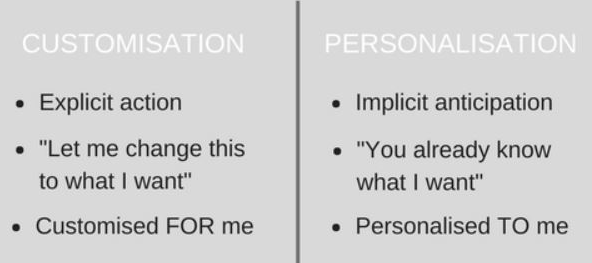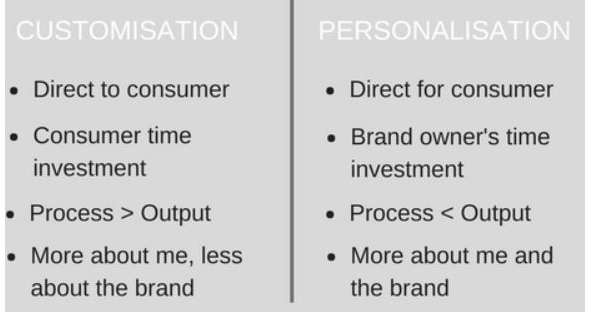By Kathryn Sloane, director of growth, Asia-Pacific, SGK.
What is Coca-Cola’s ‘biggest ever’ campaign? Was it when they re-created the image of Santa? Was it the introduction of Diet Coke? Or the infamous polar bears?
Coca-Cola’s Share a Coke campaign is heralded as Coke’s most effective campaign to date, by marketers and financial analysts alike. This campaign experienced an increased share of category by 4 percent, increased consumption by 7 percent, increased Facebook community by 7 percent, and most impressively, was launched in more than 80 countries.
We see many global brands who have jumped on this bandwagon and launched campaigns with mixed results within Asia. Every single day marketers apply personalised messages to shoppers, based on data from digital activity such as smartphones. From brand campaigns to store-specific promotional offers or even app-guided shopping lists, this marks a step-change in the role of point of sale.
With APAC accounting for 70 percent of total growth in global Internet users in 2016, we know that the region houses the world’s biggest eCommerce market and the world’s fastest growing markets. It is fast becoming the center of digital innovation for the world, with Fortune 500 brands such as Unilever and Ferrero setting up innovation hubs in the region.
APAC’s tech-savvy, always-on consumers require marketers to keep up with their soaring expectations. Over 80 percent expect a response within 24 hours, while 1 in 2 expect a response within 3 hours.
In the age of the selfie, when the world is pointed towards us, what drives impact? Messaging must now value add to the everyday consumer, while consumer data is treated as a precious commodity to the retailer.
Let’s begin with the difference between customisation and personalisation.
Marketers now need to be smarter in inherently anticipating consumers’ needs. Whilst personalisation is still widely perceived as a digital area, it ultimately comes back to the fundamentals of Maslow’s hierarchy of needs where humans need to be recognised and valued. Consider the following examples:
Etude House, a cosmetics powerhouse headquartered in Korea is offering a selection of 20 lipstick colors and 20 different cases, where each shopper can mix and match the two parts of each to create something truly “unique” or personalised.
On the other end of the spectrum, the Heinz ‘Get Well Soup’ campaign allows consumers to customise a can of soup for someone who’s feeling a bit under the weather. Consumers were willing to pay 2-3 pounds for a can that would cost 50p in the store. They were also willing to wait 3-5 days to receive it!
Similarly, with Ferrero’s 1.7 billion Sterling campaign for Nutella, consumers could customise their own hazelnut spread jar using their own self-expression. Nutella’s most recent campaign allows the consumer to make a choice and select a unique design based on their personalised wants and needs.
Interestingly in the Asia context, personalisation is very much rooted in traditional trade. A consumer can wander into their local grocery store and the shopkeeper will instantaneously remember his/her name, family, preferences and favourite brands. While this model still very much exist in developing countries like Indonesia, Cambodia and Thailand, what does the future look like?
The holy grail is both: “Products customised for me” (the “what”), and “Brands speaking directly to me” (the “how”). Achieving the “how” is much more challenging.
Consumers are multi-faceted in the way they buy and the relationships they want, and brands must recognise how to tackle each individual. In order to do so, we’ve found the biggest challenges facing brand owners today: budget constraints, retailer pressures, organisational alignment, and driving profitability while remaining creative and innovative.
We are competing in the playing field with world-class brands and hungry, agile emerging multinationals. Bridging these tensions present the opportunity for deeper relationships, greater intimacy, and advantage. Moving forward, personalisation and customisation will be the norm.
If we look back to 2010 when the Share a Coke campaign was launched, the Internet of Things didn’t yet exist and brands weren’t yet using augmented or virtual reality or artificial intelligence. Smartphones started outselling personal computers and the launch of the first iPad contributed to the rise of eCommerce. To put things in deeper perspective – $100 of bitcoin in 2010 is worth $75 million today!
Can we really still say someone’s likelihood to buy is based on his or her income anymore?
Marketers cannot continue to deliver campaigns and strategies around cookie-cutter consumer segments. However, change is constant and often confusing. Media owners and ‘above the liners’ are climbing on to it because they might not recognise what to replace it with. Segmentation is now a dated concept because everyone falls into a different category depending on who they choose to be on that day of the week.
Our approach to retail models, logistics, distributions, pricing, promotion and the relationship between people and brands will have to make a quantum leap. The brands that evolve will survive, rise and thrive.
We know that the ability to instantly produce personalised products, to tastes and specifications, instantly at work and on-the-go will revolutionise the way we shop, eat, drink and ultimately live.
Asia is running ahead of the pack. Brand owners are utilising personalisation to better profile consumers, and design experiences accordingly to support marketing efforts. Think different formats, signature tastes, aromas, sounds, visual and tactile experiences.
Personalisation can then represent sustainability – as a brand for life from cradle to grave, when dialogue becomes life-long. Personalisation can also be distinctive as an attitude; so customised it’s bespoke, and such a curated experience it’s our generation’s new media.
About Kathryn Sloane: Kathryn has more than 20 years of experience in brand strategy, design strategy, workflow analysis and change management. For more information, visit sgkinc.com or contact SGK on (02) 9463 6700.










